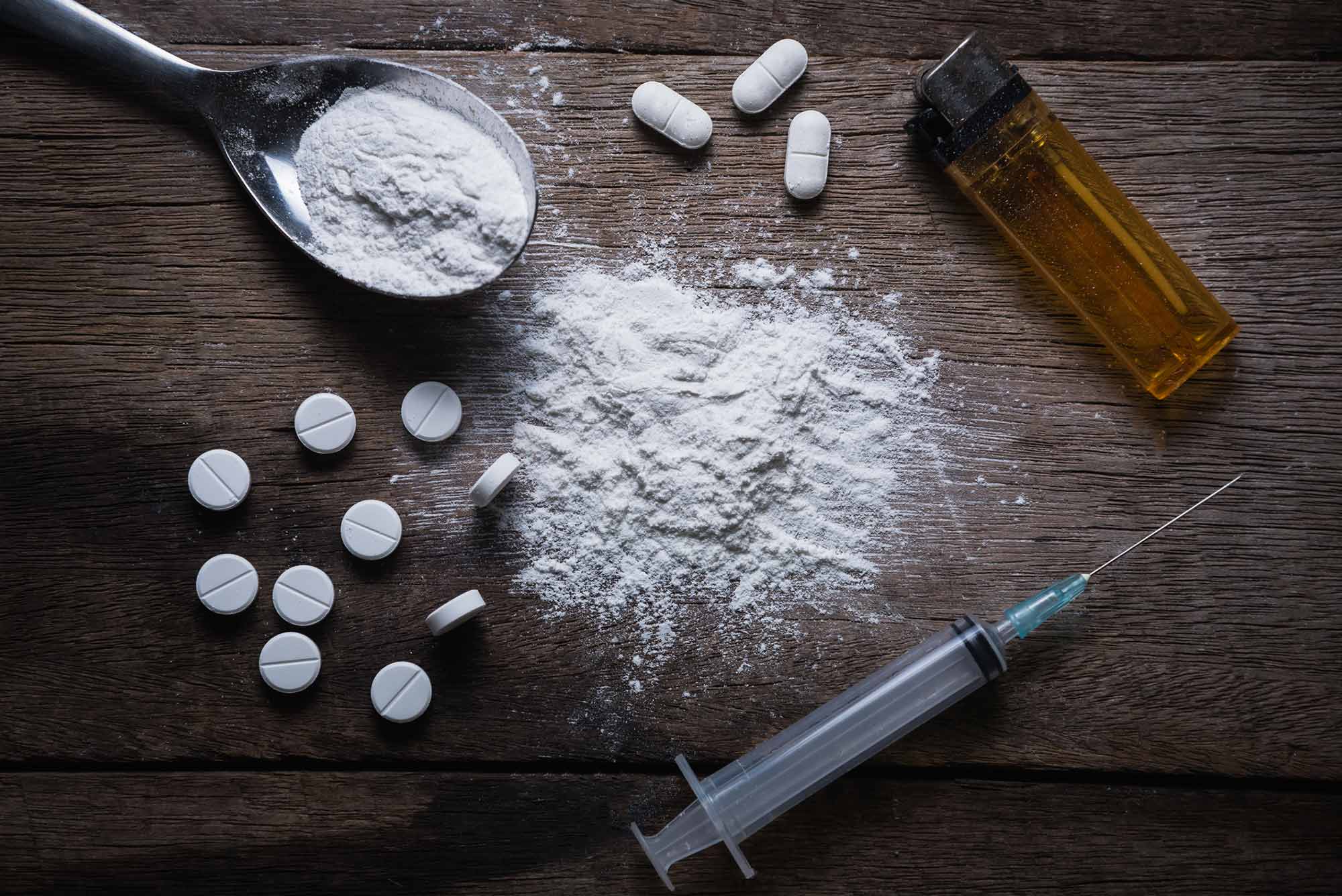Effective Ways To Avoid Blood Clots Naturally
Blood clots can lead to serious complications. That applies whether the location of the clots is in the legs or in more sensitive areas like the lungs. Therefore knowing the warning signs for blood clots and ways to prevent them is essential. And as it turns out, much of what you need to do to prevent the blood clot is simple, largely with no cost implications. Where there are expenses, they may be minor – in the form of things like full blood test cost.
What exactly are the blood clots?
Blood clots are clumps (of blood) with a gel-like appearance. By default, blood is in liquid form. However, there are times when some bits of blood may leave this liquid state, and attain the solid state: in the form of gel-like clumps. This is when we say that the blood has ‘clotted’.
Clotting of blood usually serves a very useful purpose in the body. For instance, when one has an injury (like a cut), the clots help to plug the affected blood vessel, in order to halt the bleeding. The clots may thereafter dissolve, after serving their intended purpose. This sort of clotting is important because otherwise there would be endless bleeding, which could even cause loss of life.
There are, however, situations where blood clotting occurs for no proper reason. So you find that there is no bleeding vessel that the clots are plugging or anything of the sort. Moreover, these clots that form improperly are also unable to dissolve naturally. These are the risky clots, which require urgent medical attention. Even if it means going to a Private GP London Clinic, care has to be sought fast, once one suspects that they have improper blood clots.
Why blood clots are risky
There are two major reasons why blood clots are risky.
Firstly, blood clots can be life-threatening. If a blood clot happens to break off from its location to the lungs, then it becomes a pulmonary embolism, which can be fatal.
Secondly, blood clots can cause a great deal of discomfort. That is because wherever they are present, the clots will tend to cause pain and swelling. If they are in a location such as a leg, they can also cause skin redness, which can be rather disconcerting.
Risk factors for blood clots
Some of the things that put you at higher risk of blood clots include:
· Having undergone surgery
· Being pregnant
· Having any sort of cancer
· Undergoing certain cancer treatments
· If there is a history of blood clots in your family
The signs of blood clots
Some of the common signs through which blood clots manifest include:
· The presence of swelling
· Pain whose cause seems to be inexplicable
· Skin redness
· Having difficulties breathing
· Experiencing pain while breathing
· Higher than normal heartbeat
· Feeling lightheaded
· Experiencing pain in the chest
· Feeling weak (or numb) in the face or in the arm/leg
· Experiencing difficulty in speaking
· Having changes in your vision
Thus in case of these sorts of signs, it is best to seek medical attention fast. Usually, the doctor will only need to do basic examinations. But even if the diagnosis means having to bear a full blood test cost, that should still be bearable, given the risks.
Tips to help you avoid blood clots naturally
Now if you want to prevent the formation of these potentially fatal clots, you need to:
Be more physically active
If you remain too long in sedentary states, there is a risk of your blood pooling, and ultimately forming clots. The way to avoid this is by being more active. At least ensure that for every 30 minutes or 1 hour, you get up and move. This will keep the blood flowing.
Exercise on a regular basis
In this regard, something as simple as ensuring that you walk for 30 minutes each day can greatly lower the risk of clots.
Lose any excess weight
Being overweight creates extra vein pressure, which raises risk for blood clots formation. Thus losing weight can lower your risk for these clots greatly.
Exercise caution while traveling
This applies in any situation where you have travel for more than 4 hours. It is essential to be taking breaks, standing and pacing around. Stretching can also help to prevent the formation of the clots. If you are at a particularly high risk of these clots, it may be essential to consult a vein specialist for advice before major travel.
Always ensure that you are well hydrated
Dehydration, especially when combined with sitting for long (like when traveling by air) can lead to formation of clots. Thus drinking enough water can help to lower the risk of the clots forming.
Exercise extra caution while pregnant
Earlier, we said that being pregnant is one of the risk factors for blood clots. This is due to the hormonal changes that pregnancy causes. To lower this risk, you need to keep on moving about (by walking) throughout your pregnancy.
Sleep with your feet raised
During the hours when you are asleep (which should be 7-8 hours), you are in a sedentary state. This means that throughout your sleep, you are at risk of developing clots. The way to avoid this is by elevating your legs as you sleep, so that blood circulation is not hampered.
Our Private GP London Clinic can offer blood clot prevention and treatment advice.











